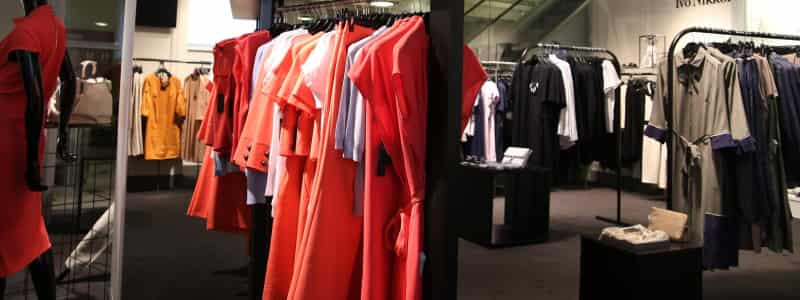The story of the Nasty Gal and her effortlessly chic yet affordable style that garnered millions of followers across the world is certainly a prodigal tale in the e-commerce hall of fame. A cult brand that shocked the fashion industry with its incredible growth and revenue, Nasty Gal itself was an e-commerce baby that showed the world the true potential of online start-ups.
However just a few days ago, the fashion empire that had shown eye-watering growth since its debut filed for bankruptcy under Chapter 11 of the US Bankruptcy Code. While the exact reasons for this decision remains under speculation, the various recent lawsuits that have surrounded the company regarding plagiarism and copyright infringement appear to have created significant liquidity and solvency issues for the online retailer.
Brand identity
Originally forged from a personally curated collection of vintage pieces, Nasty Gal was once an Ebay store founded with a “Starting an eBay Business for Dummies” book. The brand quickly grew as loyal fans of flocked to bid on the vintage curation. A high-end designer accessory styled with a relaxed, bohemian outfit: the identity of her brand lay in its unique vintage beauty.
As the brand expanded and established its own online store, gradually so did its aesthetic. Nasty Gal revenues hit an estimated $300 million USD in 2015 and depicted a five-year compound growth rate of 92.4 per cent since 2010. With its rapid growth, the brand began to place its focus on fast fashion instead of vintage collections and started mass producing its own fashion line as an affordable alternative to high street looks.
Copyright infringements
The e-commerce store has since come under significant heat from major designer houses including Chanel, Celine and Givenchy as well as creative labels such as jewellery designer Pamela Love. Earlier this year, Pamela Love filed a lawsuit against Nasty Gal seeking upwards of $300,000 in damages for the brand’s infringement of her designs. Similarly in 2015, Nasty Gal found itself in hot water after its production of an unlabelled replica of Jeremy Scott’s famous moto crossbody bag for Moschino.
The importance of trademarks for brand protection was illustrated here as the basis for many of these claims. Gradually the slew of lawsuits that have been filed against Nasty Gal for trademark and copyright infringement showed a steady financial toll on the company in recent years. As the lawsuits against the brand’s fast fashion designs continued, the claims created a detrimental impact on both the company’s resources and public reputation.
The future of Nasty Gal
Under the protection of Chapter 11, Nasty Gal has the opportunity to restructure its business under the ‘debtor-in-possession’ model that allows the debtor to remain in control of the company while it attempts to resolve its solvency issues. For Nasty Gal, this may not be the end of its story as Amoruso has partnered with Netflix to release an original series on the brand, with the hope that it will generate media attention and attract buyers to the company.
Fingers crossed for this Gal.
What are your thoughts? Let us know by tagging us using #lawpath or @lawpath.





